Have you heard of cannabis trichomes before? If you’re consuming cannabis in any way, you’ll want to know more about the importance of trichomes, why they are one of the most essential parts of the plant, and the different ways to get them into your favorite products.
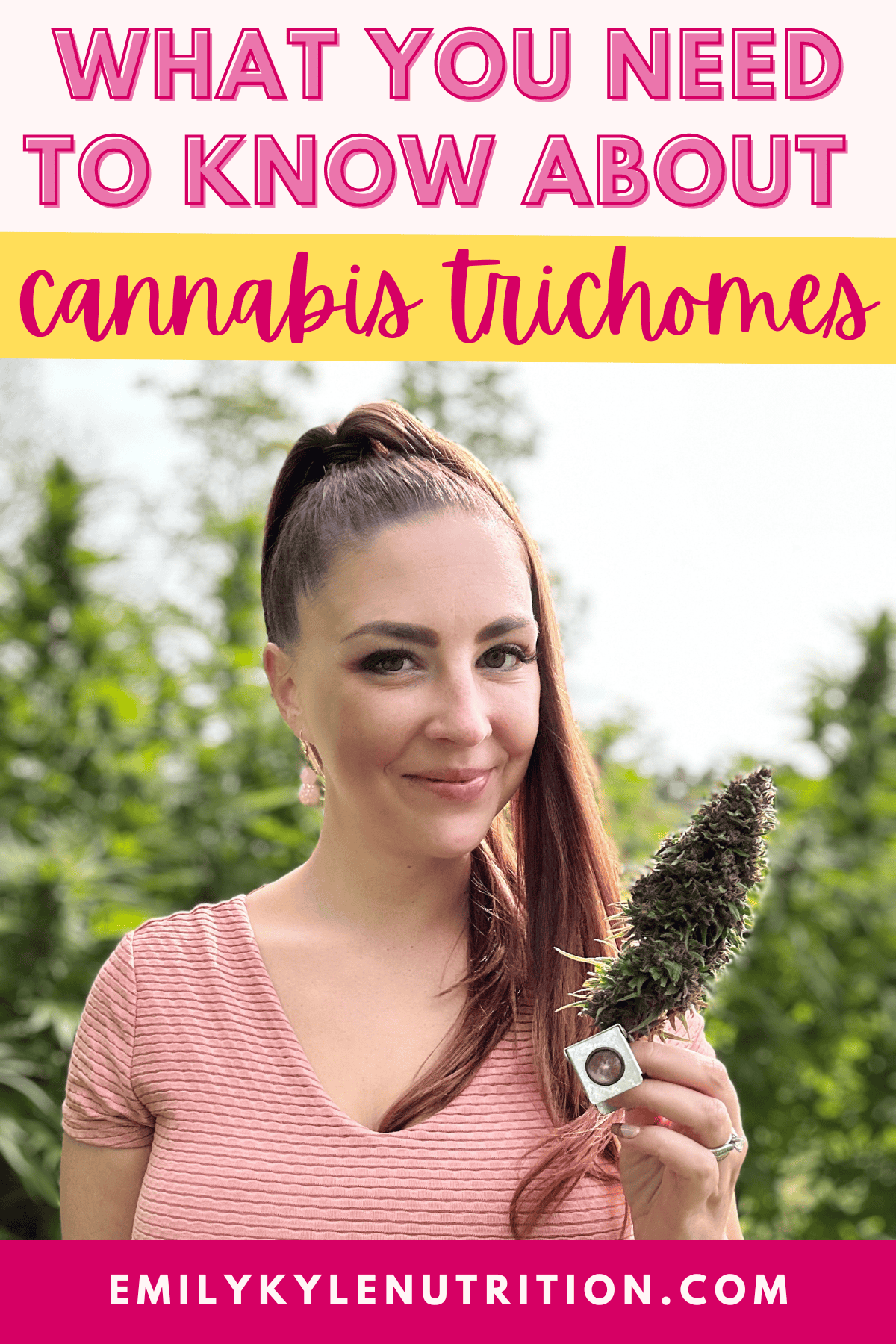
Table of Contents
Article Features
- Why trichomes are the most essential part of the plant
- How to identify where the trichomes are on the plant
- Want to skip the hard work? Shop with me and have premium, high-quality cannabis products delivered directly to your door! Now shipping across the US.

Why You Will Love This Guide
Just like any plant can produce vitamins and minerals, the marijuana plant also produces something called trichomes.
But what are trichomes, and why could they be the most important part of the plant?
Trichomes are critical to your overall cannabis experience because they contain cannabinoids that interact with your endocannabinoid system.
They are the reason why different strains can be more potent than others and why the smell can vary so greatly from strain to strain.
I knew this topic would benefit my Well With Cannabis Community members and help them get the most out of their experience, so I put together this helpful guide.
Here, we will explore what trichomes are, why they are so important, and how to get them from the plant and into your homemade edibles, topicals, and more.
🎥 Watch the Video
Prefer watching a video? I encourage you to watch the full video for a more in-depth exploration and some close up views.
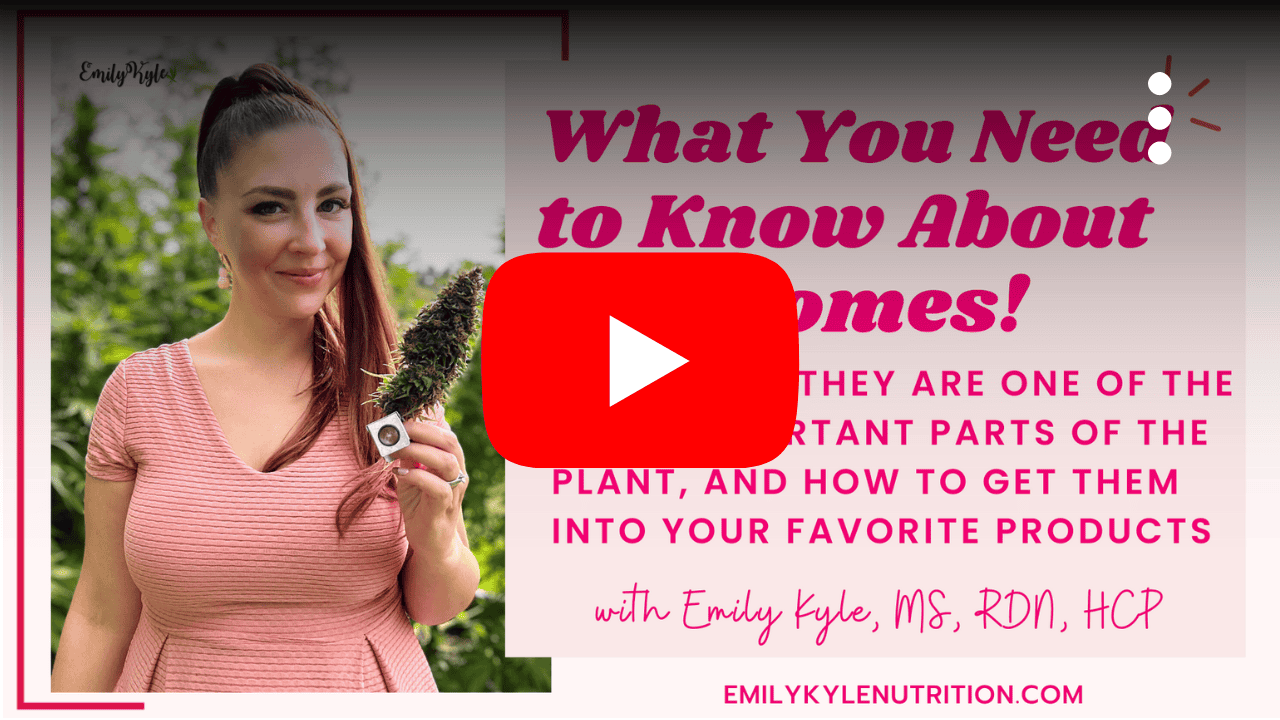
What Are Trichomes?
Cannabis trichomes are tiny, crystal-like, sticky glands found on the leaves and buds of a cannabis plant.
The word trichome comes from the Greek word meaning ‘hairs’, noting the appearance of these hair-like structures.
These structures contain cannabinoids and terpenes, which each have potential medicinal properties.
Terpenes are aromatic compounds with their own health benefits and contribute to the strong aroma of cannabis.
Both cannabinoids and terpenes contribute to the plant’s taste, smell, health benefits, and the Entourage Effect.
Although the trichomes can be found all over the plant, they exist predominantly in the flowers, bract and calyx, sugar leaves, and small stems.
They are not typically abundant in fan leaves, roots, or stalks.
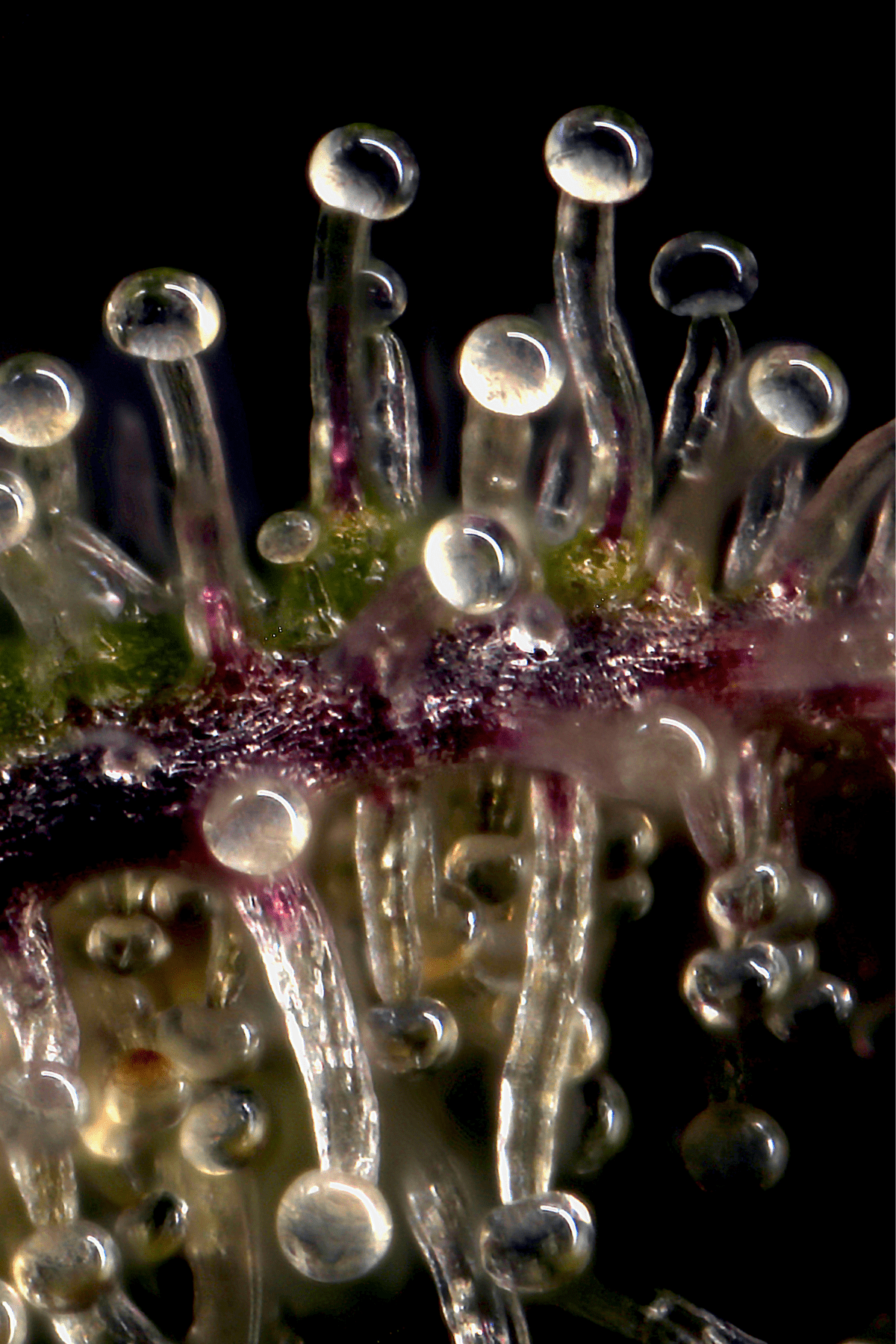
Trichome Life Cycle
Trichomes are not typically present on a cannabis plant during the vegetative stage or for the first half of its lifecycle.
Towards the middle of the season, you may be able to see the resin glands appearing on the plant’s surface near the flower buds.
During the flowering stage, female cannabis plants know it is the right time to ramp up their trichome production.
As it gets closer to harvest time, you will be able to see trichrome glands covering the entire surface of the cannabis plant.
While they’re meant to serve as a defense mechanism for the plant, cannabis growers know that this is where the majority of the plant benefits are held.
Just keep in mind that trichome production can vary from plant to plant depending on genetics and environmental factors.
Poor environmental conditions that introduce stress may halt trichome production during the flowering phase.
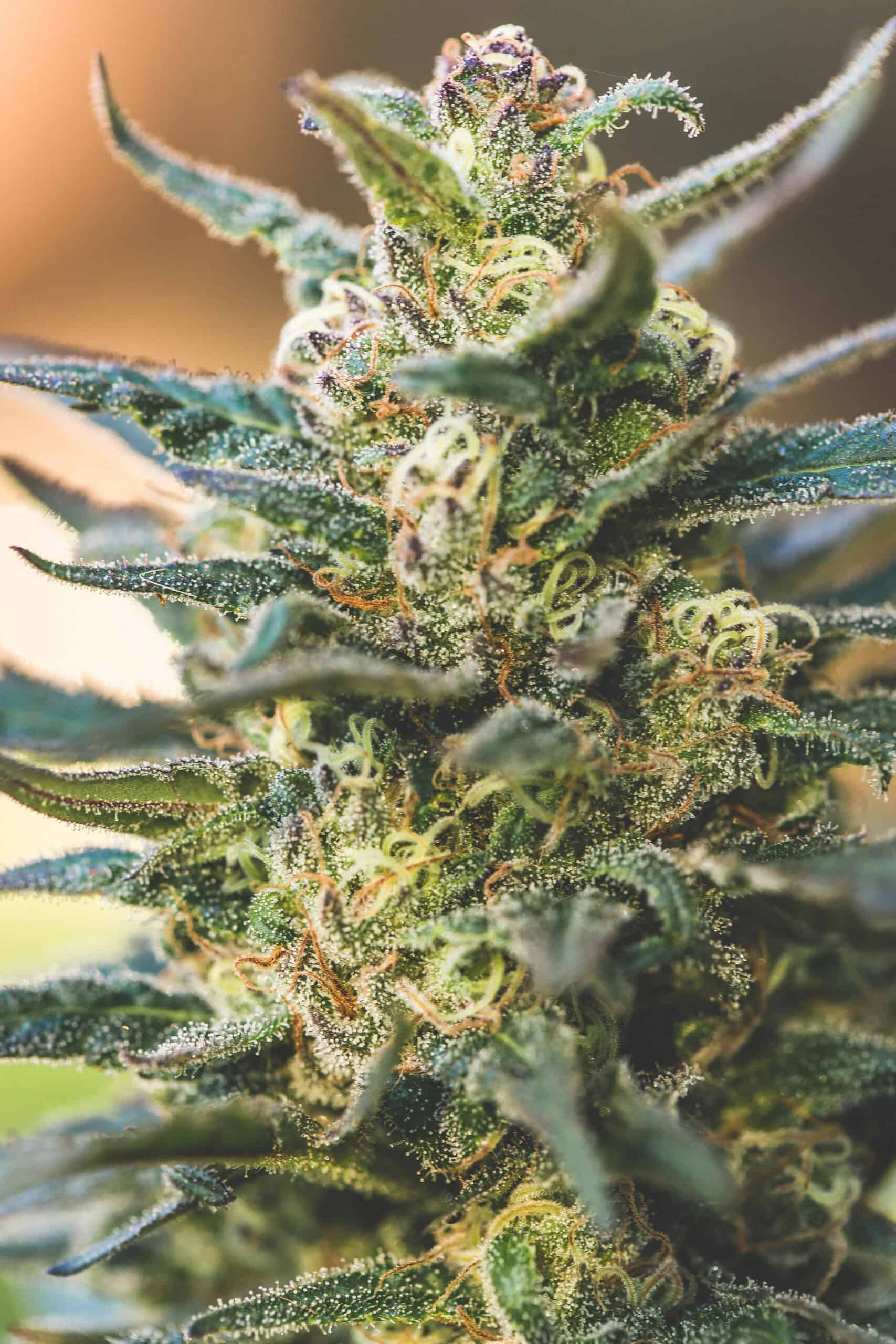
Why They Are Important
To most consumers, trichomes are the most crucial part of the cannabis plant because they are responsible for producing the medicine: cannabinoids and terpenes.
The type and concentration of these two chemicals determine a strain, how strong the effect is, and what type of experience you will ultimately have.
The rest of the cannabis plant becomes irrelevant after extracting the trichomes, although many people appreciate the plant’s nutritional value.
Different Types of Trichomes
According to a study published in the Plant Journal For Cell and Molecular Biology, trichomes come in many different shapes and sizes.
Most trichomes can be further divided into two subcategories: glandular and non-glandular.
Glandular trichomes are cell structures that produce different metabolites or, in our case, store cannabinoids.
Non-glandular trichomes store toxic substances that can protect plants from stress.
The three main types of trichomes are:
- Bulbous
- Capitate-Sessile
- Capitate-Stalked
Bulbous Trichomes
These are the smallest trichomes and the most numerous of the three.
Bulbous trichomes are found on the leaves and all over the plant.
Bulbous trichomes are too small to be seen by the naked eye and require a jeweler’s loupe or microscope.
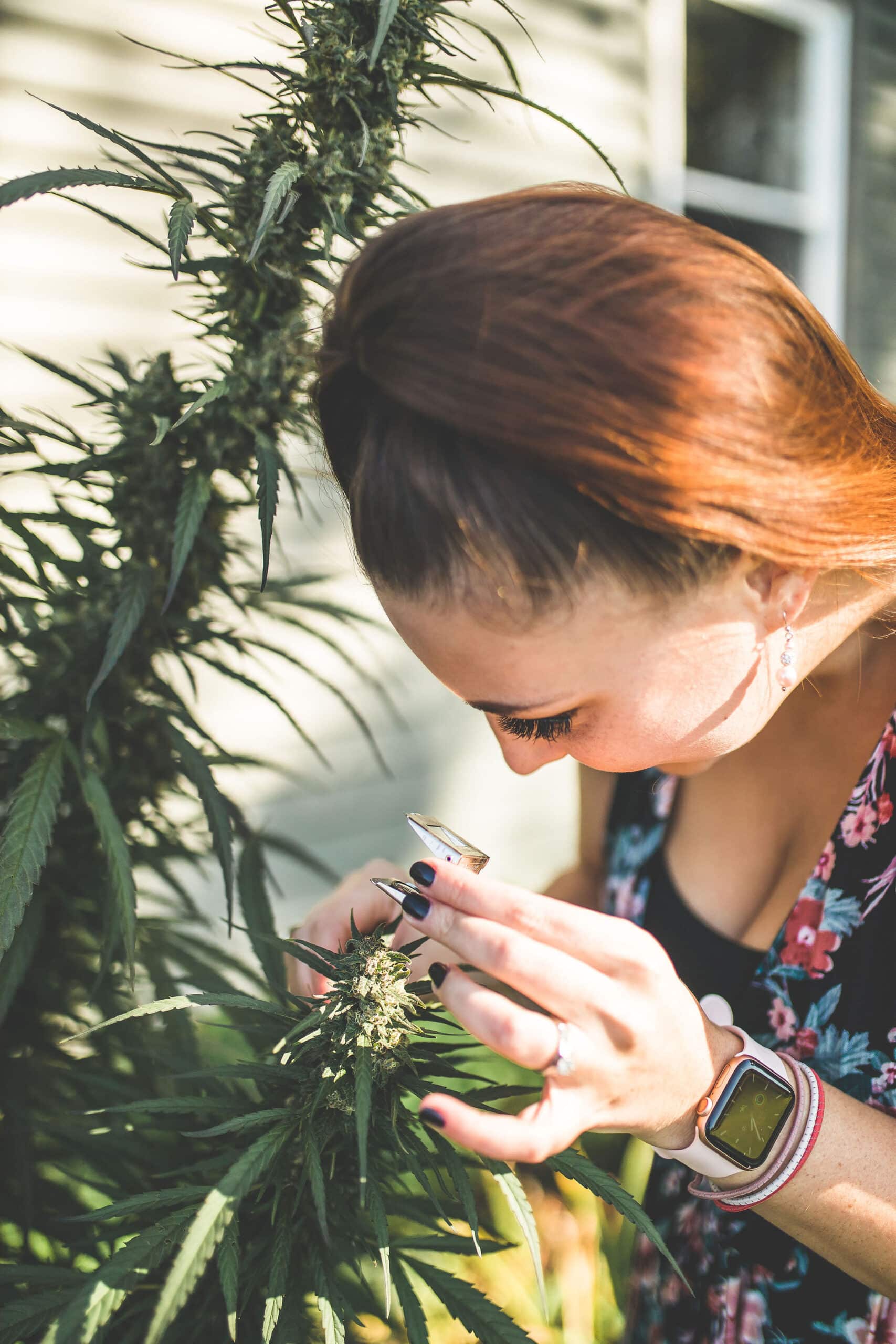
Capitate-Sessile Trichomes
These trichomes are larger than bulbous ones and can be either singular or in pairs on the leaves.
They produce cannabinoid acids such as THCA, CBDA, CBGA (cannabigerolic acid).
These trichomes are often found on the underside of the leaves and reproductive organs of female plants.
Capitate-Stalked Trichomes
These trichomes are large stalked ones and are the largest of the three types.
They can easily be seen with the naked eye and maybe the type you’re used to seeing in pictures, like the ones below.
Capitate-stalked trichomes store high amounts of cannabinoids and are found almost exclusively on flowers.
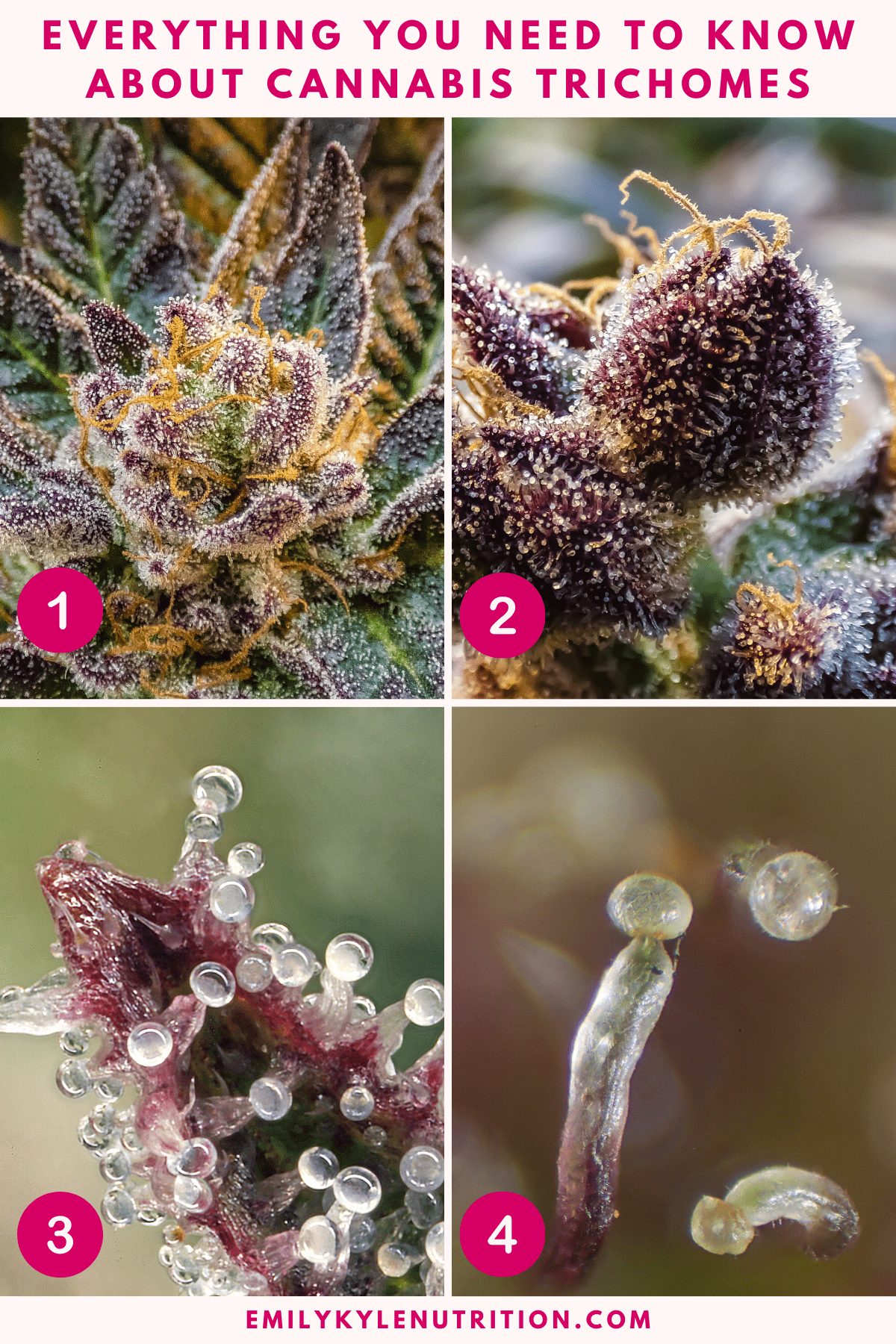
Color of Trichomes
While it is a new concept to recreational users, experienced cannabis cultivators know that the appearance of trichomes during harvest can have a big impact on the effects of the medicine.
Using a Jewlers loupe, it is easy to look closely at the trichome head and notice whether you are seeing:
- Clear trichomes
- Cloudy trichomes
- Amber trichomes
Clear Trichomes
Clear trichomes are the first stage you will encounter.
Cannabis enthusiasts claim that clear trichomes = a clear experience in the sense of being clear-headed and calm.
If this is the experience you are looking for, earlier is the best time to harvest.
SAVE THIS GUIDE 💌
Amber Trichomes
Amber trichomes are the last stage you will encounter.
At this stage, the plant is at its maximum production of trichomes, terpene production, and THC levels.
Many believe this option has the most sedative effects on the human body, making these tiny structures full of powerful therapeutic effects.
Cloudy Trichomes
Cloudy trichomes fall somewhere in the middle of clear and amber trichomes.
They can provide a more balanced, middle-of-the-road experience.
If you have the opportunity to harvest your own cannabis plants, you will want to watch the cannabis buds and trichomes closely to examine the appearance of the trichomes.
Ultimately, your ideal trichome experience will be based on your cannabis strains and your own personal preferences.
How To Get Trichomes Into Food
The ultimate goal for making homemade edibles is to get the trichomes from the plant into your food.
Many want to do this without introducing excess plant material, like chlorophyll, which can contribute to the unwanted taste and smell some people experience.
There are three prominent ways to get trichomes into food:
- Add straight decarbed cannabis flower or kief to food.
- Infuse the cannabis into a fat, effectively extracting the trichomes off the plant matter and into the oil.
- Extract the trichomes from the cannabis plant using a solvent, like high-proof alcohol.
We will review all the options below to choose which cannabis product is right for you based on your preferences and personal taste.
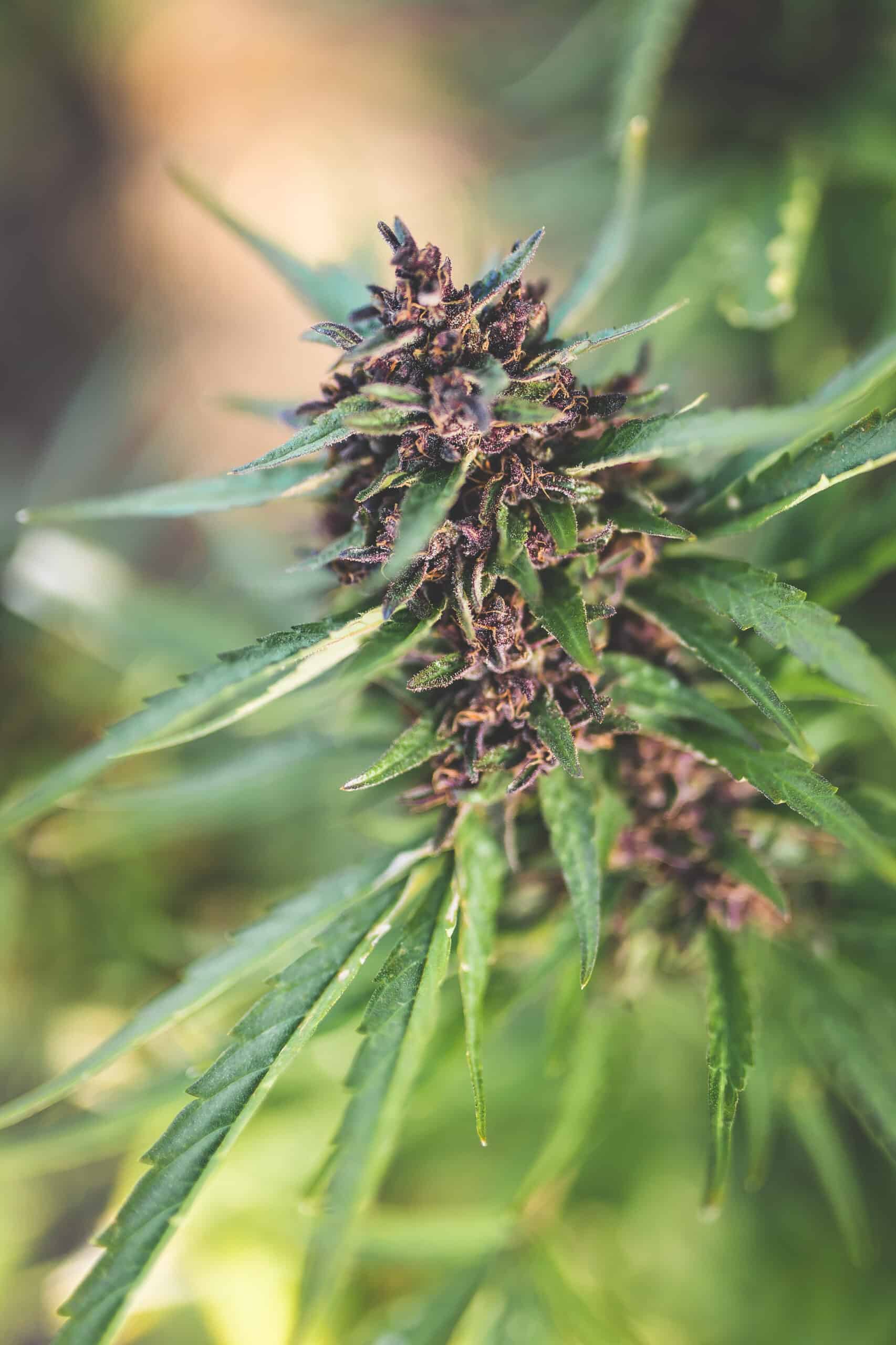
Add Decarbed Flower To Food
The simplest way to get trichomes into your food is to add just plain, ground, decarbed cannabis flower or decarbed kief directly to the food you’re consuming.
With this method, there is no loss of trichomes or potency during the infusion or extraction process.
However, it’s important to note that you will be dealing with the taste and texture of cannabis with this method.
I know that seems like an obvious no-brainer, but many people do not like the taste of cannabis.
If that is you, you will be better off skipping this method and looking toward an infusion or extraction option.
But if you don’t mind the taste of cannabis and are looking for a quicker and easier way to make edibles, adding decarbed flowers to your recipe may be the perfect solution.
As for texture, I recommend you grind your flower as fine as possible for the best possible outcome; a coffee grinder works great.
This creates a fine cannabis powder that can be added to almost any recipe, similar to how we use onion powder or ground oregano when cooking.
Just remember not to confuse this cannabis powder with cannabis oil powder.
Fat Infusions
One of the most popular ways to get trichomes into food is through an infusion of fat.
An infusion is made by first decarbing the flower in an oven or Instant Pot, then warming the decarbed flower with some type of fat, like oil or butter.
This process works well because cannabinoids are lipophilic, meaning they are attracted to fat molecules.
After a few hours of infusing, the plant material can be strained and separated from the oil, leaving you with an infused oil.
This method will still leave some trichomes in the remaining material.
The final infusion can then be used in food and recipes, as it has all of the beneficial parts of the cannabis inside.
Infusions To Try
All Things Cannabis Oil
Easy Cannabis-Infused MCT Oil
Cannabis Infusions & Extractions
Easy Cannabis Coconut Oil Recipe
Cannabis Infusions & Extractions
Easy Homemade CBD Oil Recipe
All Things Cannabis Oil
How to Make Cannabis Olive Oil
Cannabis Infusions & Extractions
How to Make AVB Edibles with Already Vaped Bud
Cannabis Infusions & Extractions
How to Make CBN Oil for Sleep
Alcohol Extraction
Extraction uses a solvent, like high-proof grain alcohol, to strip the trichomes from the plant material.
This process leaves the cannabinoids and terpenes suspended inside the alcohol.
Many people then evaporate some or all of the alcohol to produce full-extract cannabis oil.
While extractions can produce a more potent end product, you must consider safety precautions before working with solvents.
High-proof grain alcohol is extremely flammable and requires safe evaporation methods.
The final extraction can then be used in food and recipes, as it has all of the beneficial parts of the cannabis inside.
Extractions to Try
Cannabis Infusions & Extractions
Easy Green Dragon Recipe » Cannabis Alcohol Tincture
Cannabis Infusions & Extractions
Golden Dragon QWET Cannabis Freezer Tincture
Cannabis Infusions & Extractions
How to Make a THCA Tincture
Cannabis Infusions & Extractions
How to Make a CBDA Tincture
Cannabis Infusions & Extractions
Cannabis Roots: Benefits, Uses & Tincture Recipe
Frequently Asked Questions
While you can see most trichome glands with the naked human eye, a Jewler’s Loupe is the best way to take a closer look. They’re typically under $15 on Amazon.
This depends on the makeup of the plant’s cannabinoids. If a high enough THC content is present, it is possible to experience psychoactive effects. However, growing cannabis plants typically do not contain high amounts of psychoactive cannabinoids like THC but rather cannabinoid acids like CBDA and THCA.
In most cases, no, physical contact with trichomes, such as touching the plant’s leaves or the surface of cannabis flowers, will not cause an intoxicating high. This is why growing cannabis plant’s are not dangerous to children.
It all starts with finding the right cannabis seeds – start with our guide here.
Conclusion
As we have seen, despite their small size, trichomes could arguably be the most vital part of the cannabis plant.
They play an important role in your experience because they contain the cannabinoids and terpenes that give cannabis health and recreational benefits.
You can use infusions and extraction processes to get trichomes into edibles like tinctures and cannabutter.
I hope this article gives you a better insight into your ultimate goal when making cannabis products at home!
If you’re ready to take your education to the next level, check out my Edibles Made Easy Online Course.
More Articles You Will Love
Articles & How-To Guides
Meet the Female Cannabis Plant: Her Parts + Uses
Articles & How-To Guides
How To Use Trim To Make Edibles, Cannabutter, and More
Articles & How-To Guides
How to Use Cannabis Fan Leaves in Edibles
Growing Cannabis
How to Harvest Outdoor Cannabis Plants
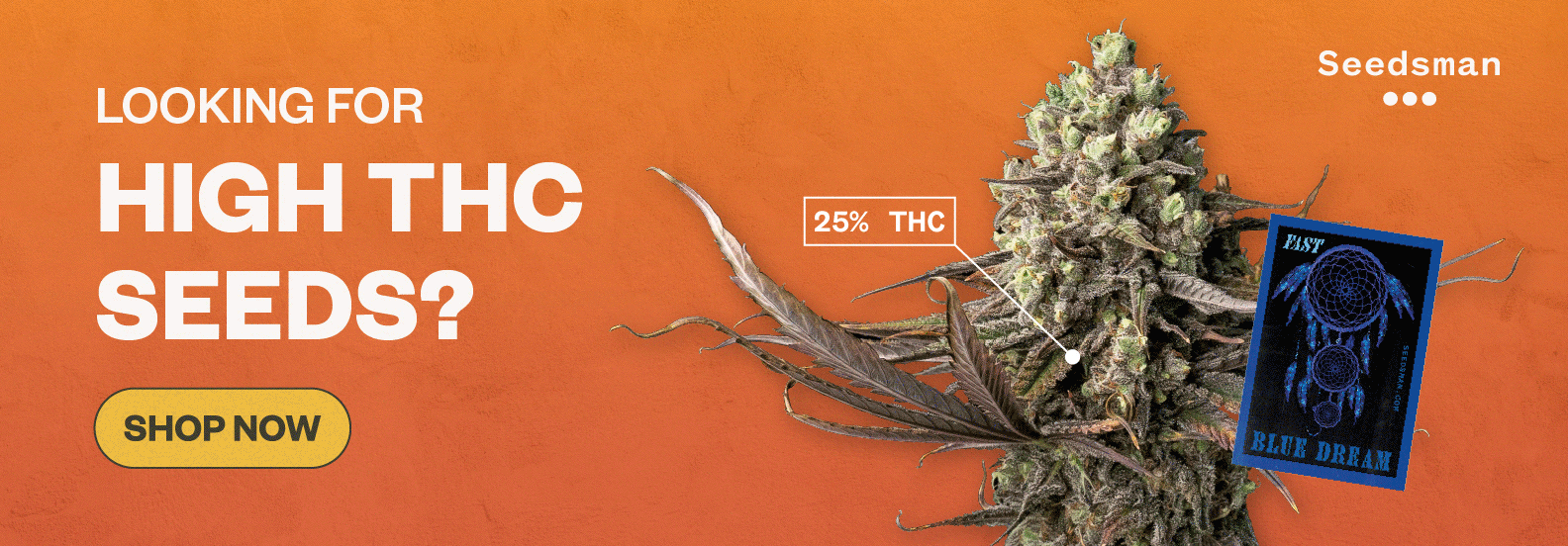

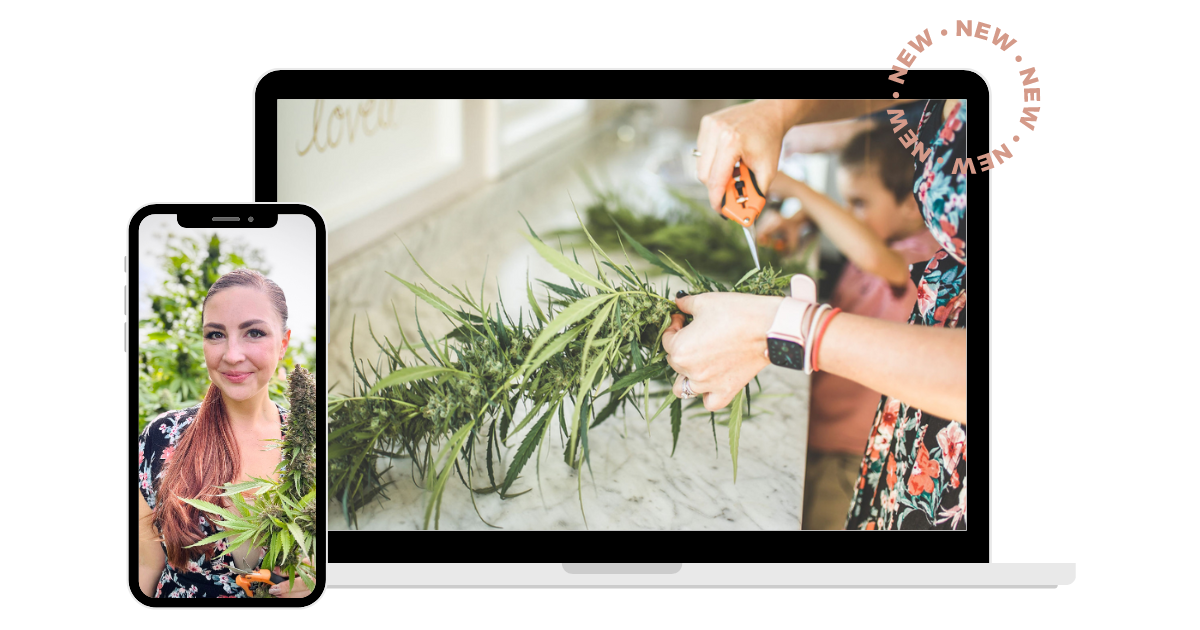
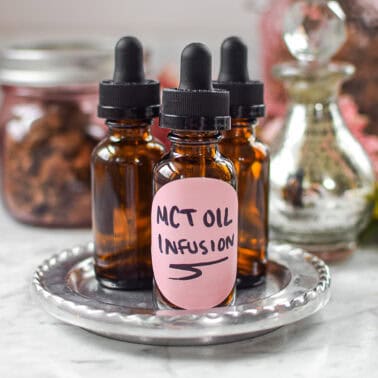
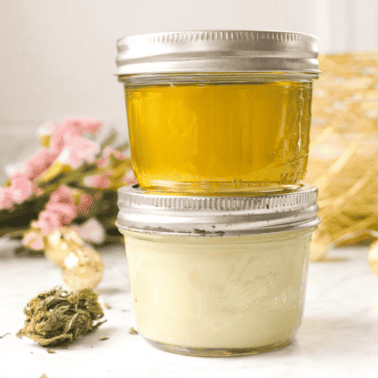
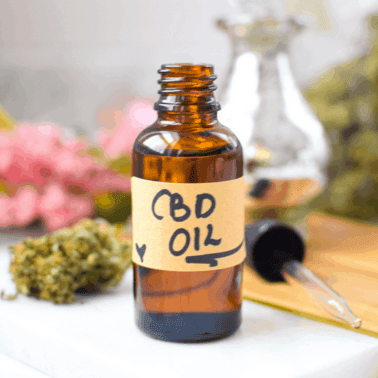
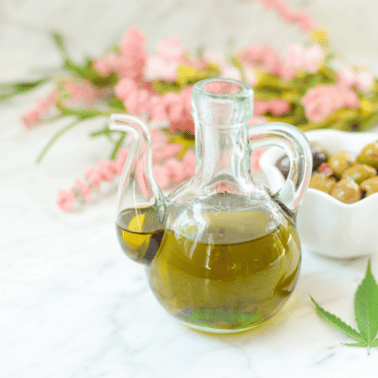
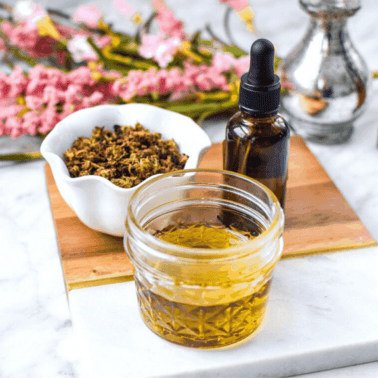

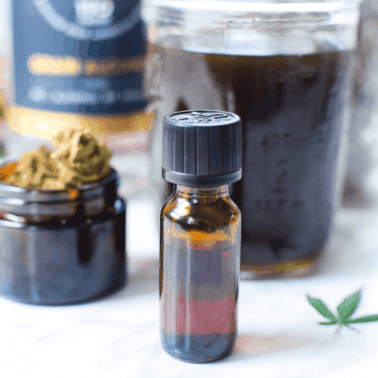
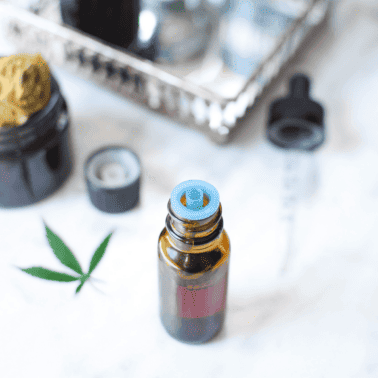
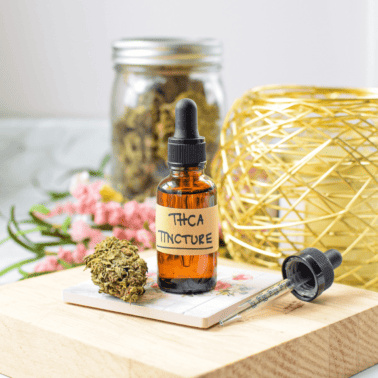
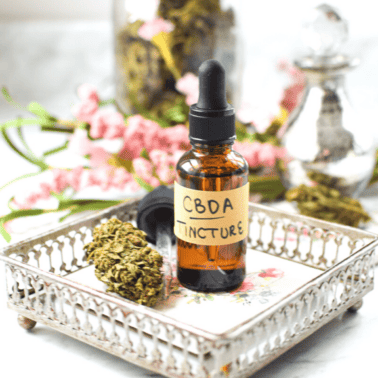
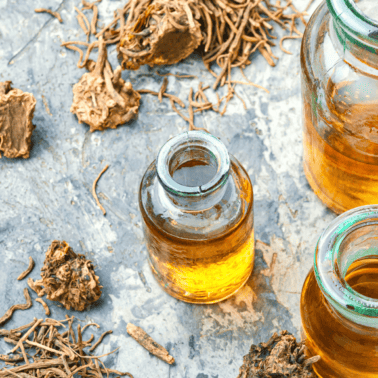
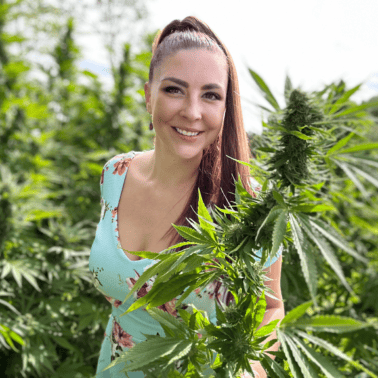

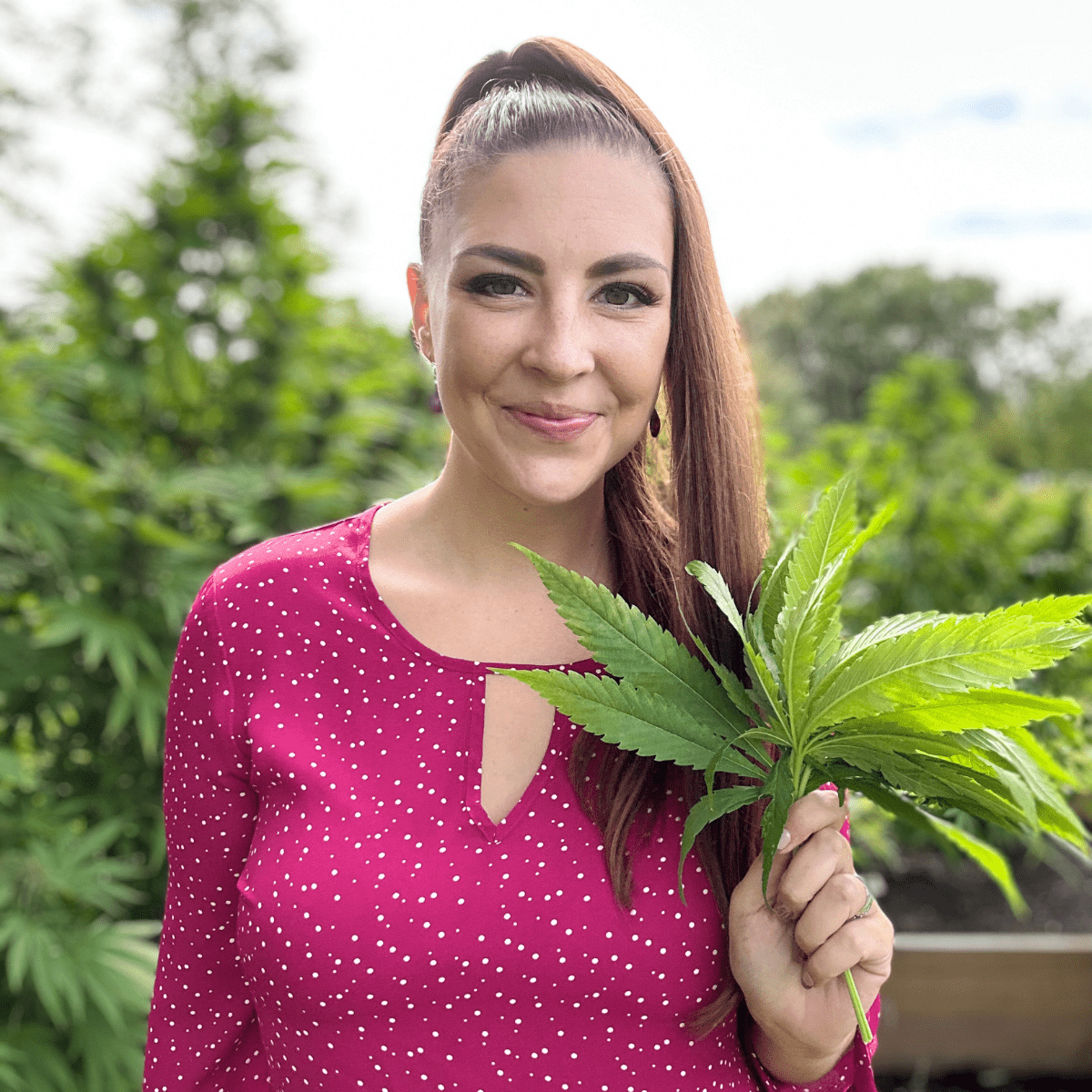
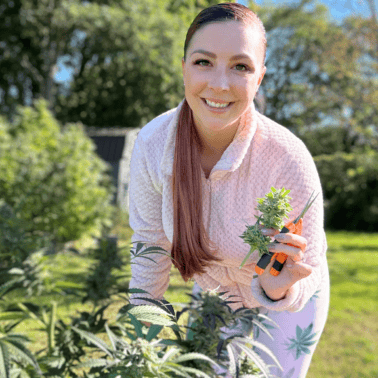
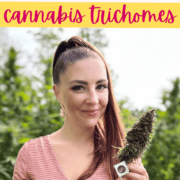








Hi, can I used the dried fan leaves 🍃 to make tea 🍵? Thanks 🪴
Hi Sharon. Yes, you can use dried cannabis fan leaves to make cannabis tea! The leaves contain lower levels of cannabinoids compared to the buds, but they still have valuable compounds that can be infused into the tea. Steeping the dried leaves in hot water can help release these compounds and provide potential health benefits. Here’s a guide with more ways to make cannabis tea: 9 Ways To Make Cannabis Tea Enjoy your homemade cannabis tea!
As a long time weed consumer and ex tobacco smoker , my lungs do not like inhaling any kind of smoke these days.
Id like to make FECO, (for edibles) but don’t want to waste my homegrown as I live in a prohibition state and my flower is a precious commodity.
Where would I find your foolproof recipe?
I’m also interested in buying some of your premium canna butter for the same purpose.
Thanks for all you do!
Hi John! Here’s Emily’s step-by-step instructions to guide you through the process of making FECO: How to Make Full-Extract Cannabis Oil (FECO). As for purchasing premium cannabutter, you can find that here: Bliss Cannabutter. I hope this helps you get started on your FECO journey!
Great article Emily!! I’m still rather new to making budder and other edibles – and now I have plants too (babies!) I just wanted to say, my “plug” gives me big bags of compressed trim (he’s a grower) and I make budder with it in my crockpot. I decarb and then cook a minimum of 5-6 hours. You do get a buzz but I’m looking more for health benefits. So anyway, out of curiosity I started saving the sludgy leftovers after I strain the budder in my fridge. Then last week I made budder with that stuff but it cooked all night! And it’s great! Dark as hell but it’s working lol! (I use for pain control.) Talk about recycling!! So make sure people know to save the stuff they use for budder to reuse again!!
And thank you for all the great articles.
Carole
Hi Carole. Thank you so much for your kind words! We’re so happy to hear that you found this article helpful. It sounds like you’re doing a great job with your edibles, and I love that you’re experimenting and finding ways to reuse your leftover materials. Thanks again for your support and all the best with your edible endeavors!
Very Nice.
Hi Gregg. Thank you for your feedback and continued support. Happy Growing!
Hi Emily,
Great information. As a medical home grower, I would appreciate a grow guide maybe hosted by a small grow expert. I enjoy your site, as it relies on science, information on basics like soil, light, nutrients, harvesting, drying, and curing.
Thanks,
Frank
Hi Frank. We appreciate your feedback and your interest in a comprehensive grow guide. We’re always looking to provide useful, scientifically-backed information to our readers. Your journey as a medical home grower is important to us. We will keep this suggestion in mind!
Love Love hearing from you …. quite a busy life i have, so i try very hard to read every email ….. thank you
Hi Ruby. We appreciate you taking the time out of your busy schedule to read our emails. It’s wonderful to know that you find value in them. Thank you for being a part of our community!
You are so smart and easy to learn from and adorable!! You look in great health! Xo
Hi Amy. Thank you so much for your kind words! It’s comments like these that make our day and inspire us to create more content. We’re all on this learning journey together. Keep shining!
As usual, Emily you did a great job on the video explaining trichomes. Excellent pictures as well!!
For any new growers out there, the trichome clearness dictates the overall cannabis experience you will have. Some prefer the effects of mostly clear trichomes while others who are making concentrates may prefer to harvest when they have mostly amber trichomes. It all depends on what effects you are trying to achieve.
As a new grower, you can harvest buds throughout the process and determine exactly what stage of growth you prefer based on the effects you experience.
Happy growing! You can find me on Emily’s forum or Instagram @highmountaingrower. ✌️
Great article Emily!!
HI J. G. Thank you so much for your thoughtful comment and for sharing your insights! It’s exciting to see our readers helping each other out. You’re absolutely right about the importance of trichome clarity in influencing the cannabis experience. For all the new growers out there, remember, experimenting is part of the process and the journey is just as important as the destination. Keep growing and sharing your experiences, we’re all learning together. ✌️🌱🎉
Hey Emily,
I hope you have a great time leaf watching. I’m planning a trip for the Catskills to do the same. I find your publication very informative and on point. Thank you much. Have a blessed day.
420 for everyone 😎💨
Hi Darrell. Thank you for your positive feedback and kind words! The Catskills are truly a leaf-peeper’s paradise. Remember to take some time to relax and truly soak in the beauty of nature. Enjoy your leaf watching and have a blessed, 420-filled day! 😎💨🍃
I would like to start making butter and I’m wondering if I could use the leaves and stems taken off at the pruning step of the growing process.
Hey Karen! These parts of the plant don’t contain as many trichomes, so they will not be as potent, but you can reap the nutritional benefits. Here is an article all about using these fan leaves in edibles and some tasty recipe ideas to try 🙂